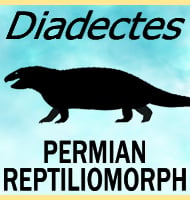In Depth
Although Nakalipithecus is so far only known from a jaw bone, Nakalipithecus has been a major contribution to our understanding of hominid evolution specifically regarding hominines, including the ancestors of humans. For some time there have been two competing theories regarding the ancient origins of our own direct ancestors, concerning either an African or Asian origin. Our own immediate ancestors seem to be African, but their ancestors have seemed to be from Asia. What the discovery of Nakalipithecus has shown us that early appearing and primitive members of the Homininae (the group that humans are classed in) were actually living in Africa at the same approximate time as ancestral forms in Asia, perhaps even earlier. What this means (and unless future research proves otherwise), is that the Asian origin of homonines theory is no longer as convincing as it used to be.
Further Reading
- A new Late Miocene great ape from Kenya and its implications for the origins of African great apes and humans. - Proceedings of the National Academy of Sciences 104 (49): 19220–19225. - Yutaka Kunimatsu, Masato Nakatsukasa, Yoshihiro Sawada, Tetsuya Sakai, Masayuki Hyodo, Hironobu Hyodo, Tetsumaru Itaya, Hideo Nakaya, Haruo Saegusa, Arnaud Mazurier, Mototaka Saneyoshi, Hiroshi Tsujikawa, Ayumi Yamamoto & Emma Mbua - 2007.









